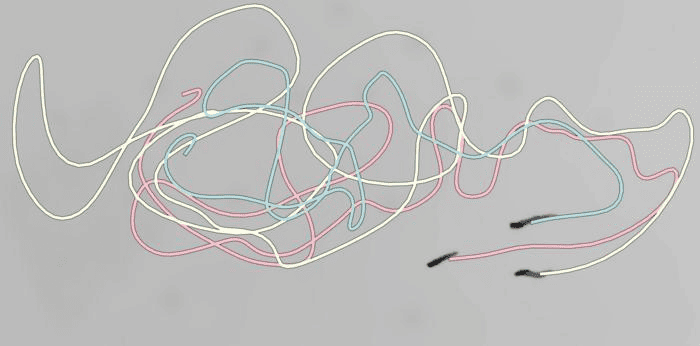NASA’s Hubble Space Telescope has given new insights into Jupiter’s Great Red Spot. Researchers have noticed that the speed of the winds in the massive planetary storm has increased over the last decade. This observation came after the analysis of Hubble’s regular “storm reports”. The average speed of the winds near the boundary has increased by 8 percent between the years 2009 and 2020. The current wind speed exceeds 400 miles per hour. This outer green circle is also called the high-speed ring. Interestingly, the winds at the vortex of the storm continue to move significantly slower.
The change in the peripheral wind speed recorded with the Hubble Space Telescope is, however, minuscule. The change amounts to less than 1.6 miles per hour per Earth year. Amy Simon, the NASA scientist who contributed to the research, said, “We’re talking about such a small change that if you didn’t have eleven years of Hubble data, we wouldn’t know it happened”.
The counter-clockwise and vortex spin of the massive storm is bigger than Earth. Astronomers have brooded over the Great Red Spot for almost 150 years, since the 1870s. The storm’s centre spurts out high clouds from Jupiter’s interior. These, then, run cascading down the sides over the outer layers of clouds. Its current diameter is 10,000 miles, which is almost three times bigger than the Earth’s diameter.
Michael Wong of the University of California, Berkeley, led the analysis and praised the Hubble Space Telescope for the data that led to the observation. “This is something only Hubble can do. Hubble’s longevity and ongoing observations make this revelation possible,” he said.
Scientists don’t have a storm chaser plane at Jupiter. That’s why they cannot continuously measure the winds on the planet. “Hubble is the only telescope that has the kind of temporal coverage and spatial resolution that can capture Jupiter’s winds in this detail,” said Simon. She added, “With Hubble, we have the precision we need to spot a trend”.
Wong analysed Hubble’s data by using software that tracked thousands of wind vectors whenever Hubble observed Jupiter. “I also ran a battery of statistical tests to confirm if it was justified to call this an increase in wind speed. It is,” he added.
In 2017, researchers also found an abrupt change in the storm’s wind speed when there was a major storm near the spot. Other recent observations about the Great Red Spot include the change in its size. Over a century’s observation shows that it has become more circular than oval.





